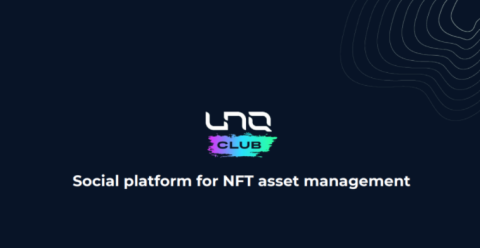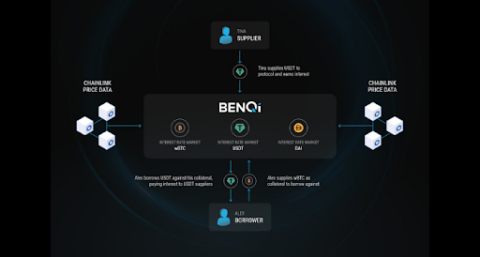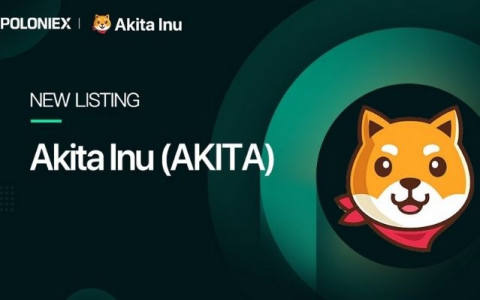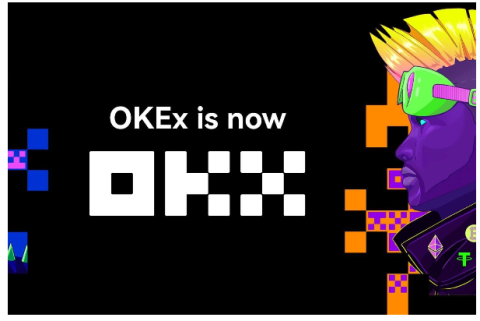What is thena? Discover the outstanding features of Thena and THE . token

Ngoài PancakeSwap, hệ sinh thái BNB Chain còn có một AMM khác có TVL đạt 150 triệu USD chỉ sau hai tháng ra mắt, dự án này được gọi là Thena.

Decentralization is the core tenet of Web 3.0 . However, this principle is often overlooked in the process of accelerating market access or when seeking to achieve higher transaction throughput. In contrast, Polkadot sets a high standard in the matter of decentralization and does not overlook this core tenet. Therefore, Moonbeam believes that its team must maintain that standard during the parachain implementation on this ecosystem.
To clarify Moonbeam 's stance on decentralization, first, we need to understand why the team started building Moonbeam in the first place.
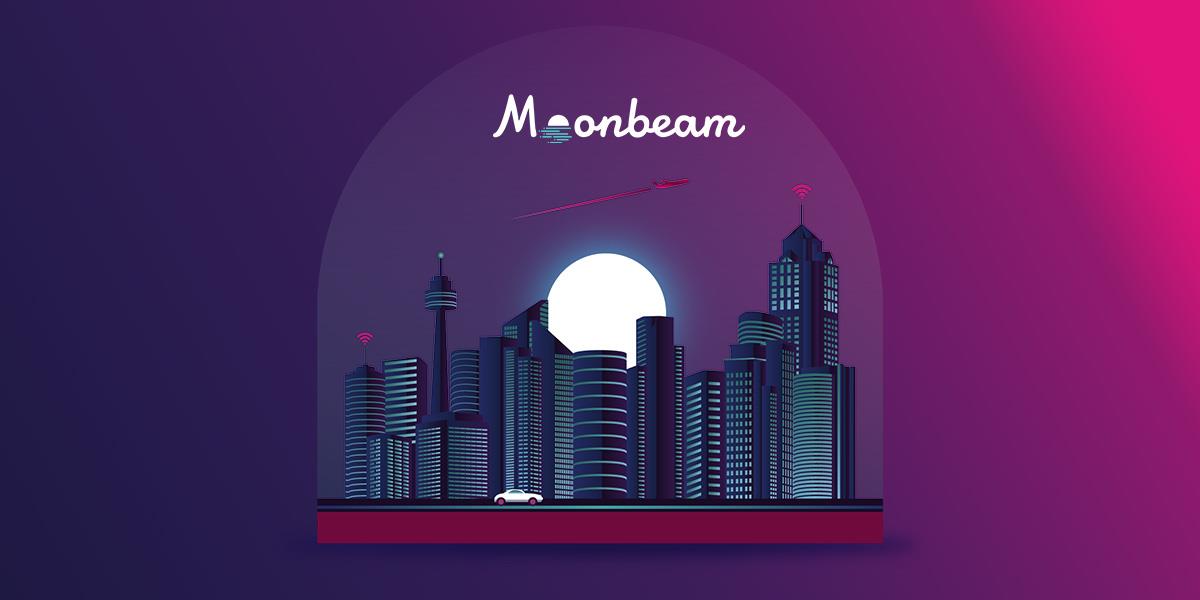
History has shown that when someone has great centralized power, it is very difficult for them to avoid abuse of power. The Moonbeam team realizes that the world already has too much centralized power. In addition, as the world gradually shifts from primarily physical interaction to software-centric interaction, these types of centralized power (if left unchecked) will increasingly grow stronger.
Applications built on Web 3.0 can be used to test and remove centralized authority. They have the potential to enable new forms of decentralization in the process of coordination, interaction, and collaboration. The Moonbeam team believes that the world will be a better place with this form of decentralization. It was those beliefs and ideas that shaped much of the way the team deployed Moonbeam.
The decentralization of Polkadot and Kusama Relay Chains is the deciding factor when the Moonbeam team chooses where the Moonbeam project will be built. Polkadot and Kusama Relay Chains are systems that promote decentralization and the parachains on them must conform to the standards set by these systems.
The Moonbeam and Moonriver parachains will strive to maintain the same level of decentralization when they launch on the Polkadot and Kusama networks . While Moonbeam and Moonriver both inherit some of the decentralized properties of Polkadot and Kusama, some decisions regarding decentralization will be the responsibility of each parachain.
There is a lot of experimentation going on on the blockchain's base layers. Specifically, many projects are experimenting with balanced designs across a range of different levels of decentralization. A common strategy in the market is to sacrifice decentralization to improve transactions throughput, by minimizing validators or key nodes and putting a lot of infrastructure behind them.
It is true that systems can run very quickly when they run on a centralized infrastructure like AWS. It's much easier to build a centralized infrastructure, with a significant reduction in complexity and time to market by focusing on certain elements. While this approach seems feasible, it is actually very difficult to add a decentralized mechanism later. The decentralized mechanism needs to be designed into the system from the very beginning.
Some cases where when designing Moonbeam and Moonriver, the Moonbeam team prioritized the decentralized element:
These choices will form a solid foundation for the decentralized mechanism of Moonbeam and Moonriver. The Moonbeam team is working hard to increase the number of groups and users interacting on the network. At the same time, the team expects the Moonbeam Foundation's role to diminish over time as tokens are distributed to stakeholders through grants and other programs.
Besides the philosophical reasons for preferring decentralized systems over centralized ones, there are practical explanations that we also need to consider.
Recently, the Moonbeam team noticed that "users don't care about the element of decentralization". This may be true for some users today. To them, decentralization is just the theory that users want it, but networks and protocols that are less decentralized seem to work just fine, even in some cases. more fruitful.
However, the Moonbeam team believes that the points where the centralized system is acceptable or surmountable in the current period will be weaknesses in the future that will expose the network to threats and attacks. These include components of a centralized protocol infrastructure, such as reliance on a small number of validating nodes. However, this also extends to supporting infrastructure, such as RPC centralized endpoint service providers and possibly even as far as wallet providers at the edges of the network.
As Web 3.0 platforms and applications become more and more popular, bring more value and assert their position, incumbent platforms and applications will feel threatened, likely to use repressive tactics to hinder the deployment of other promising platforms.
In the current context, it is paramount that Web 3.0 platforms be censorship resistant. Only truly decentralized platforms can withstand these threats. The Moonbeam team thinks that in the future, there will be a lot of decentralized platforms, so the competition will also increase.
Building with Substrate has provided a great decentralized platform for Moonbeam and Moonriver. The recently announced project – Substrate Connect is a great example of new decentralized features. This project builds on the underlying Substrate framework and adds cutting edge improvements.
Substrate Connect provides the ability to run a network light client (which stores only the name of each block and is a summary of all transactions contained within it) directly in the browser, eliminating the need to use centralized RPC services like Infura. This feature is possible because light client support has been built into Substrate from the very beginning. In addition, Substrate is also compatible with WASM technology, which is supported in today's browsers.
Thanks to Substrate Connect, it will be difficult for 3rd parties to interfere and prevent users from accessing networks built on Substrate such as Moonbeam and Moonriver.

Moonbeam and Moonriver are infrastructure platforms for developers. These platforms provide open infrastructure that allows Web 3.0 application developers to express themselves and solve problems in novel ways through the use of Web 3.0 technology.
While the platforms support providing the infrastructure, it's all the developers (who are creating new protocols and implementing Moonbeam and Moonriver) who are really pushing Web 3.0 forward, and Time to introduce new users to Web 3.0. In addition, Moonbeam has an active community and sponsorship program for teams building Dapps. The goal of the founding team is to do everything in their power to support the developers.
If readers want to learn more about Moonbeam or want to develop and deploy Web 3.0 applications, please visit the communication channels:
Project Information | Discord | Twitter | Youtube | GitHub | Telegram | Medium
Ngoài PancakeSwap, hệ sinh thái BNB Chain còn có một AMM khác có TVL đạt 150 triệu USD chỉ sau hai tháng ra mắt, dự án này được gọi là Thena.
Blockade Games provides a platform that allows developers to create blockchain games. In addition, Blockade Games also creates many interesting free games.
UNQ Club is a project that provides a blockchain platform that allows investors to collect and manage existing NFT assets.
BENQI is one of the important pieces of the Avalanche ecosystem. Join TraderH4 to find out what BENQI (QI) is as well as detailed information about the QI token.
In addition to a cryptocurrency storage wallet, SafePal is also known to many investors for its SFP tokens and airdrop events with attractive rewards.
The fever from Akita Inu in the Crypto market in the past time has created a great buzz along with the rapid development of the "dog house token".
What is IoTeX? This is a blockchain built and developed in conjunction with the Internet of Things (IoT). Join TraderH4 to learn this article.
What is OKB? OKB is an exchange coin of OKX and the OKX Chain blockchain. Let's learn about OKX and OKB exchanges with TraderH4 in this article.
DROPP GG brings an innovative and novel idea to provide an NFT mint platform based on geographies outside of the real world.
CronaSwap is a DEX built on Cronos Chain, which has a similar model to Uniswap.

